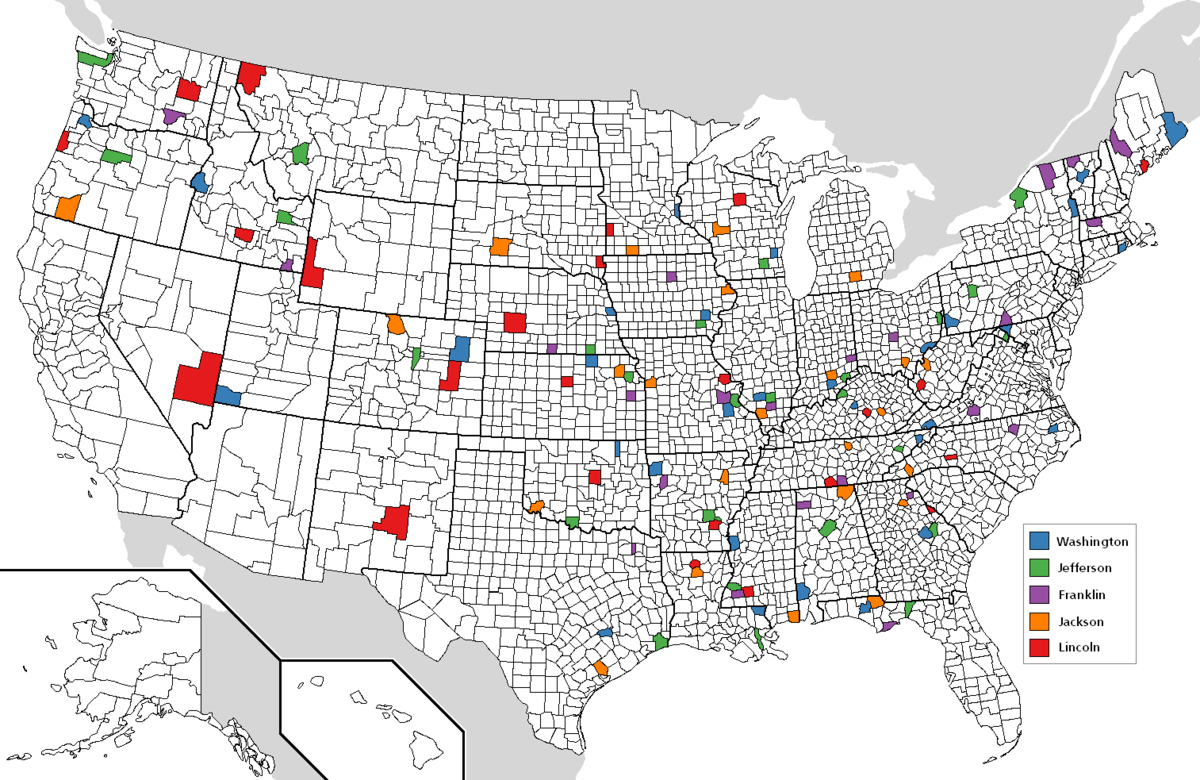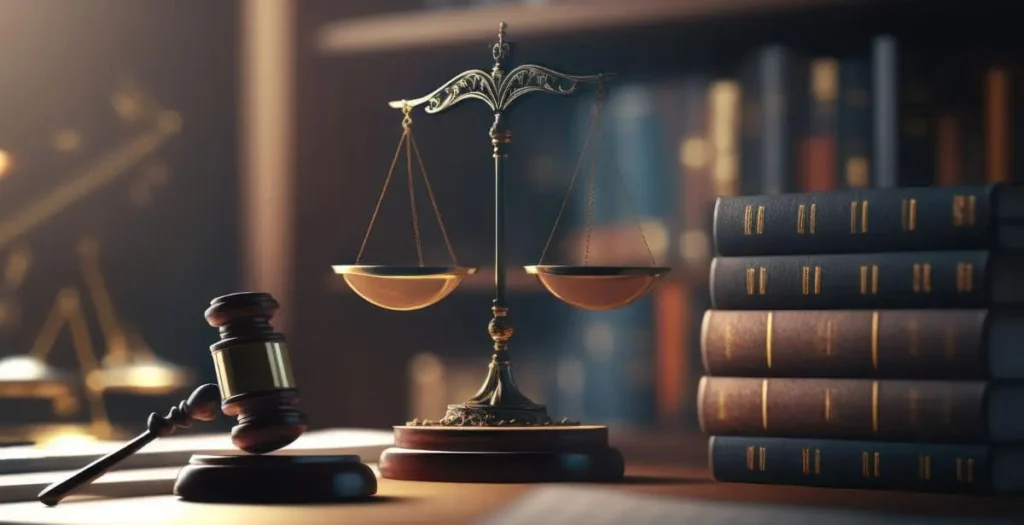Have you ever found yourself in a new location and wondered, “What county am I in right now?” This question is common and can pop up while travelling or even exploring your neighbourhood. Knowing your county can be more than just trivia; it often influences local laws, emergency services, and community events.
Understanding county boundaries becomes crucial in our fast-paced world where borders blur and GPS guides us through unfamiliar territories. Let’s dive into how you can quickly discover the county you’re currently in and why this information matters. Whether you’re on a road trip or navigating daily life, we have the answers to keep you informed!
Understanding County Boundaries

County boundaries are often invisible lines that play a significant role in our daily lives. They define jurisdiction, determining where specific laws and regulations apply. Each county has its own government structure, affecting everything from property taxes to school districts.
These borders aren’t always straightforward. Some counties may have irregular shapes due to historical developments or geographical features like rivers and mountains. Understanding these boundaries helps you navigate local resources more effectively.
Additionally, knowing your county’s location can improve your awareness of community events and services. Grounded in the concept of county boundaries, whether knowing who to contact for public services or understanding voting districts, is essential for active citizenship.
Importance of Knowing Your County

Knowing your county is more than just a fun fact. It can significantly impact your daily life. Understanding your area helps you navigate local laws, services, and resources effectively.
Counties often determine the availability of essential amenities such as schools, hospitals, and recreational facilities. Being aware of what’s available nearby can enhance your quality of life.
Furthermore, county boundaries often play a critical role in emergency services. Your location affects response times for police, fire departments, and medical assistance during emergencies.
Additionally, many community events or programs are organized at the county level. These activities allow you to connect with neighbours and build a sense of belonging.
Knowing your county aids in understanding political representation. Elected officials influence decisions directly affecting your community’s well-being and future development plans.
Various Methods to Determine Your Current County

Determining your current county can be straightforward with the right approach. Several methods are available to help you easily find out where you are.
One effective way is to use a smartphone or GPS device. Most smartphones have built-in location services displaying your exact coordinates, often including the county name.
Another option is online tools like Google Maps. Type in “what county am I in right now” into the search bar, and it will show your location and relevant details about the area.
If technology isn’t your preference, local knowledge can be invaluable. Asking nearby residents or business owners often yields quick results as they know their county boundaries well.
Consider public resources such as maps available at libraries or visitor centers for an old-school approach to determining which county you’re in.
What county am I in right now?
Finding out what county you are in can be surprisingly tricky. Many people don’t think about it until they must fill out a form or access specific local services.
Counties often serve as the backdrop for various legal and governmental functions, so knowing your county is essential. It can affect everything from property taxes to school districts.
If you’re curious, there are several easy ways to find this information. You could pull up a map or use your phone’s GPS.
Additionally, various online tools let you quickly input your location details to discover which county you’re currently in. This simple knowledge helps with navigation and enriches your understanding of local governance and community resources around you.
Using GPS and Online Tools
GPS technology is one of the quickest ways to determine your county. Most smartphones come equipped with built-in GPS that can pinpoint your exact location. Enable location services, and you’ll see a map displaying your location.
Various apps are available that provide additional details about your surroundings, including the county you’re in. Popular mapping applications often display this information right on the screen.
Online tools also offer easy access to county boundaries. Websites like Google Maps allow users to zoom in and find out which county they’re currently in by hovering over or clicking on specific areas.
These resources simplify and efficiently answer the burning question: “What county am I in right now?” With just a few taps or clicks, you’ll have clarity at your fingertips without breaking a sweat.
Checking Local Government Websites
Local government websites are a treasure trove of information. They often list county boundaries, services, and regional events. Checking these sites can give you immediate clarity on your current location.
Most counties have dedicated pages that detail their jurisdictional limits. You can find maps or even descriptions of the areas they cover. These resources are reliable since they come straight from the source.
Navigating a local government’s website is usually straightforward. Look for sections labelled “Geographic Information” or “County Maps.”
If you’re unsure where to start, try searching online with your city or town name and “county.” This simple query could lead you directly to the official site.
While browsing around, you might also discover additional insights about community programs and resources available in your area.
Asking for Help from Locals
Sometimes, the most straightforward solutions are right in front of you. When unsure about your county location, don’t hesitate to ask someone nearby.
Locals often have a wealth of knowledge about their area. They can share what county you’re in and exciting tidbits about local history and landmarks. A friendly conversation can lead to surprising insights.
Approach shopkeepers, waitstaff, or even fellow pedestrians for guidance. Most people are happy to help out a visitor or newcomer seeking information.
If you’re shy, consider starting with a casual question like “What county is this area part of?” This opens the door for further discussion and deeper connections with the community around you.
So next time you ponder, “What county am I in right now?” remember that an engaging chat might be all it takes to find your answer.
Conclusion
Knowing what county you are in can be more than just trivia. It can help you understand local laws, find nearby services, or even explore community events. Whether you’re navigating your surroundings for work or leisure, the tools and methods available today make it easier than ever to pinpoint your location what county am i in right now.
From GPS apps and online resources to local government websites and friendly neighbours, there are numerous ways to determine which county you’re currently in. Each method offers its advantages, allowing you to choose one that best suits your needs at any moment what county am i in right now.
So next time you wonder, “What county am I in right now?” rest assured that finding the answer is just a few clicks away or as simple as asking someone nearby. Stay informed about where you are—it’s helpful and enriches your understanding of the world what county am i in right now.




Pingback: The summer i turned pretty season 3 release date 2024